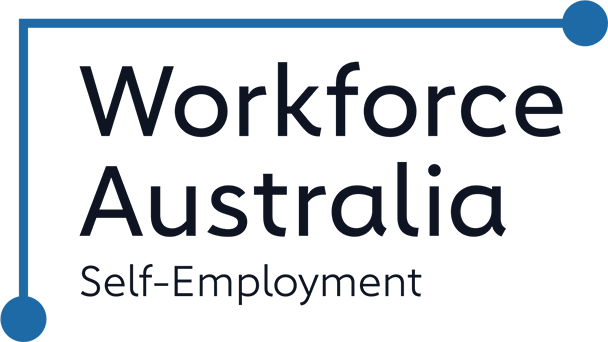A collaborative approach across the supply chain is the pathway to net zero for businesses
July 7, 2023
Business owners are great at adapting and transitioning their business to meet the demands of changing markets and regulatory requirements, but the transition to net zero is going to need a different approach.
Rather than a constant focus on the competition, this transition is going to need businesses of all sizes to work together – with their neighbours, their landlords, their customers and their suppliers.
Our recent work with businesses in two industrial estates in Perth – Welshpool and Canning Vale – show the desire to move to net zero is real for the majority of small businesses but it needed to be balanced with all of the other demands of their limited resources to keep their businesses afloat. Tight margins, struggles to find enough of their appropriately qualified employees and rising costs, as well as the operational day-to-day also competed for the businesses’ limited time and money.
A pathway identified by the businesses was a change in how each piece of the supply chain interacted with each other, shifting to collaborative co-operation and engagement with suppliers and customers, that included genuine two-way dialogue.
This dialogue would reach across large organisations and include all the departments that have requirements of a supplier that may be inadvertently creating a barrier for success –including the procurement, contract management, insurance and legal teams.
One anecdote from a civil construction company illustrates this. The team were trying to meet the new requirements of a large customer to reduce the carbon footprint in a construction job, only to have the procurement and legal team prescribe that virgin materials be used on the product specification. The civil construction company was not allowed to suggest recycled products, because the larger organisation had an arbitrary 50-year life requirement for infrastructure that was likely to be not needed after 30 years. That supplier had a simple request, to be allowed to offer a range of options.
Place-based solutions were also identified as a key opportunity to collaborate. From our small survey – and again tallying with what other small businesses are telling us, the biggest group of GHG emissions came from energy usage – and energy generation was something the businesses had little control over. Access to affordable renewable energy that does not increase their energy costs by significant margins is crucial, but achieving it requires collaboration with commercial landlords and power providers.
Place-based solutions to power generation in the industrial estates of Western Australia would change the game. There is an opportunity for large customer businesses to lend their resources – such as legal, financial, human resources, energy specialists – to the supply chain to negotiate with power providers to create green power options that its suppliers can use. The heft of a major miner or energy company saying they can require their suppliers to use green power at a price point – guaranteeing a baseload which would secure the infrastructure investment – would create a market and a change quickly.
Collaboration will require a change in the mental model of managing a supply chain but it is crucial we are to get there as a nation. SMEs collectively are responsible for an enormous amount of emissions, but individually are least make major inroads.
Acknowledgement Of Country
Business Foundations acknowledges the traditional custodians throughout Western Australia and their continuing connection to the land, waters and community. We pay our respects to all members of the Aboriginal communities and their cultures; and to Elders both past and present.
Victoria
The Commons
80 Market Street,
South Melbourne VIC 3205
admin@businessfoundations.com.au
Western Australia
Wesley Central
2 Cantonment Street,
Fremantle WA 6160
admin@businessfoundations.com.au


Get In Touch
Have a question or to find out how we can help you, please get in touch.






